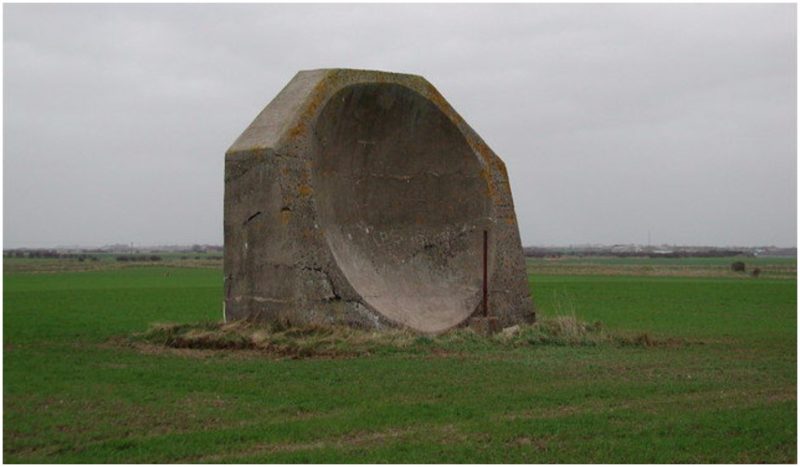Scottish physicist Sir Robert Watson-Watt invented the first practical radar system back in 1935. The system used pulsed radio waves, and it could detect airplanes up to 100 miles away.
A few years later, a chain of radar stations was established throughout England, which helped defend the British and played a crucial role in the Allied victory in World War II. It was a huge discovery and the inventor Sir Robert Watson-Watt was knighted for it in 1942.
But what about the period before radar was invented? What was the forerunner of radar and how the British defended themselves from the German Zeppelins during World War I?
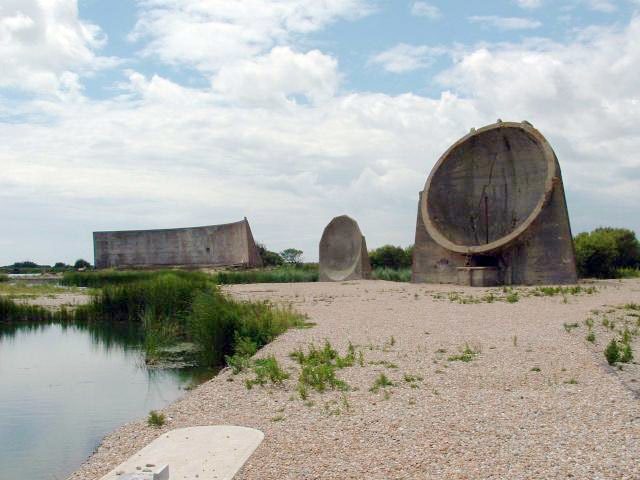
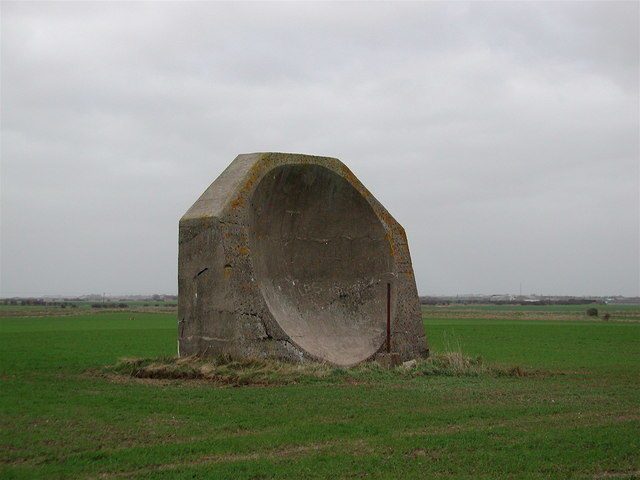
Dr. William Sansome Tucker developed early warning systems known as ‘acoustic mirrors’ around 1915, and up until 1935, Britain built a series of concrete acoustic mirrors around its coasts. The acoustic mirror was the forerunner of radar, and it was invented to help detect zeppelins and other enemy aircraft by the sound of their engines.
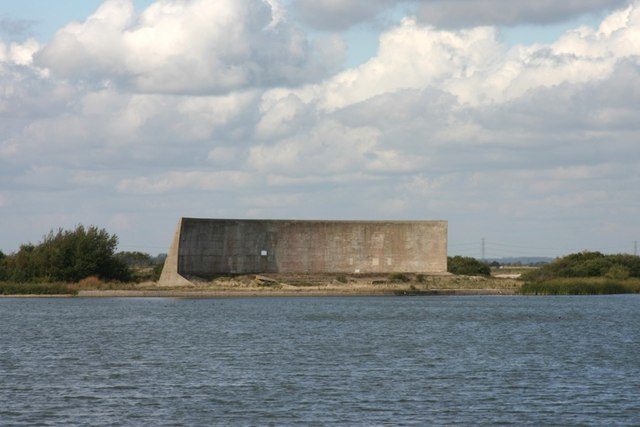
The British used these devices and with their help, they managed to detect many enemy raids. The acoustic mirrors could detect an incoming aircraft up to 15 miles away, which gave English artillery just enough time to prepare for the attack of the German bombers.
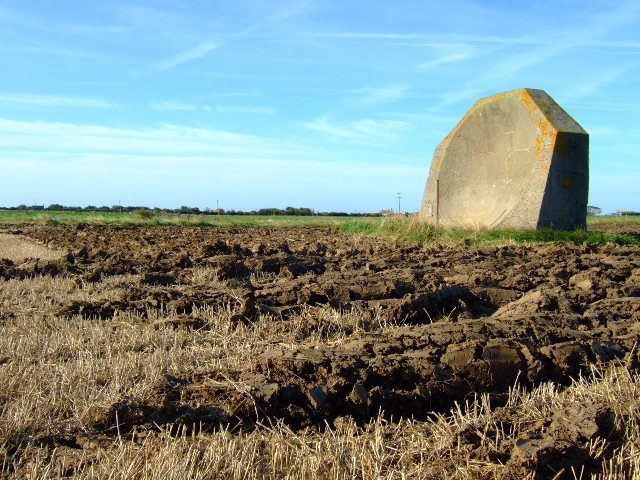
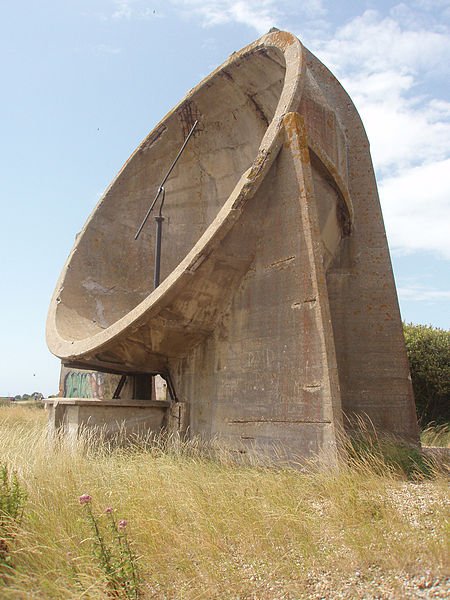
Many of these strange looking devices remain on Britain’s coastlines, more or less intact. They can be seen in many places throughout the country, including Hartlepool, Seaham, Redcar, Sunderland, Dover, Romney Marsh and Selsea. However, some of the finest examples of acoustic mirrors can be seen on the Dungeness peninsula and at Hythe in Kent.
On the former Royal Air Force site near Dungeness in Kent, England, there are three acoustic mirrors built in the 1920s to 1930s; one of them is a 230 foot curved wall, around 16 feet high, while the other two are dish-shaped and around 16 feet in diameter.
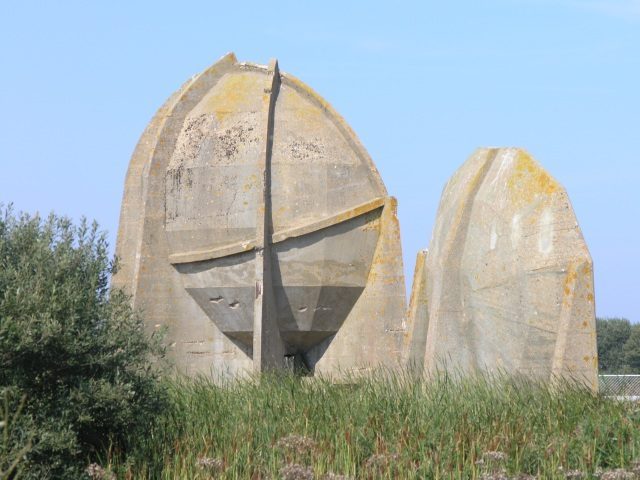
Hot-wire microphones designed personally by Dr. William Sansome Tucker that were placed at the focus of each structure made it possible for the listeners to detect the sound of oncoming enemy aircraft and gave a fifteen-minute warning to the English artillery to prepare for the attack. Some of the most sophisticated acoustic mirrors could detect the sounds of oncoming enemy aircraft up to 25 miles away.
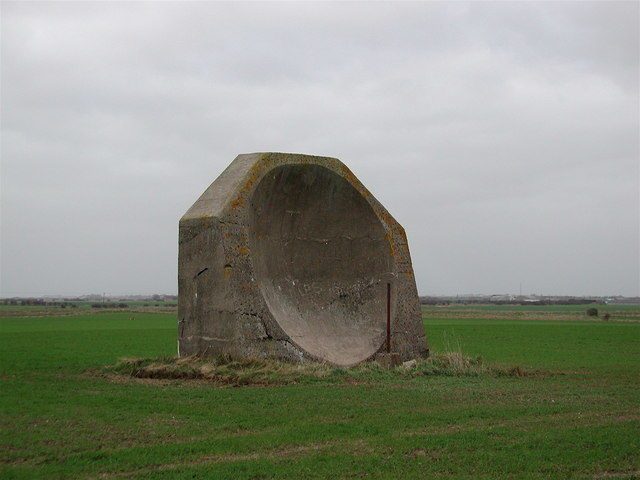
As aircraft performance increased, its sound could no longer be heard or located 15 minutes before it reached its target, and that is why acoustic mirrors were no longer useful and were replaced by the newly developed radar technology.
